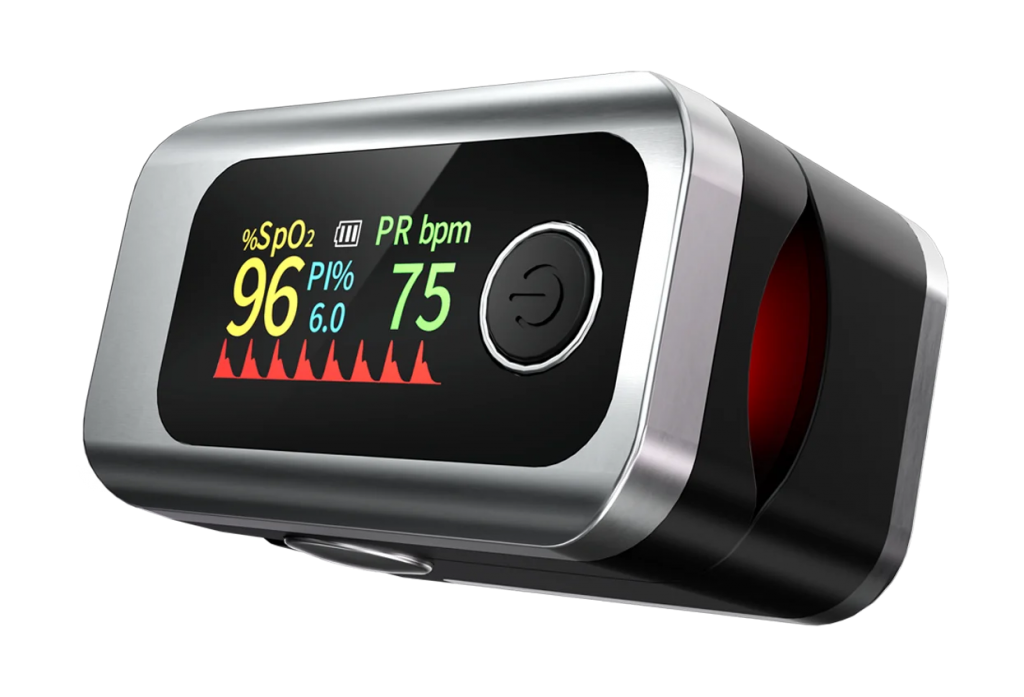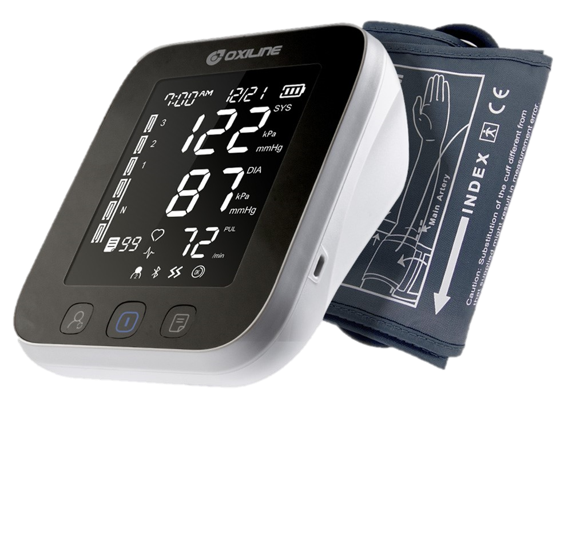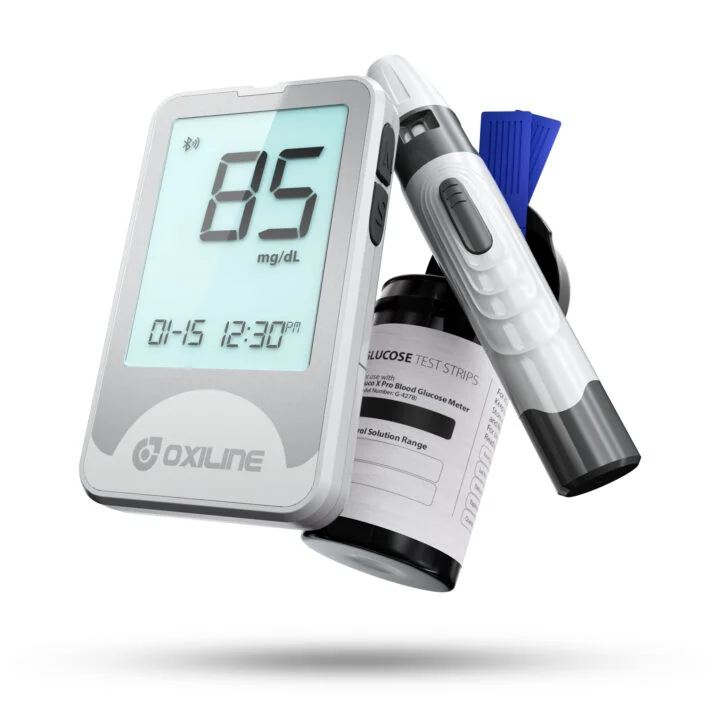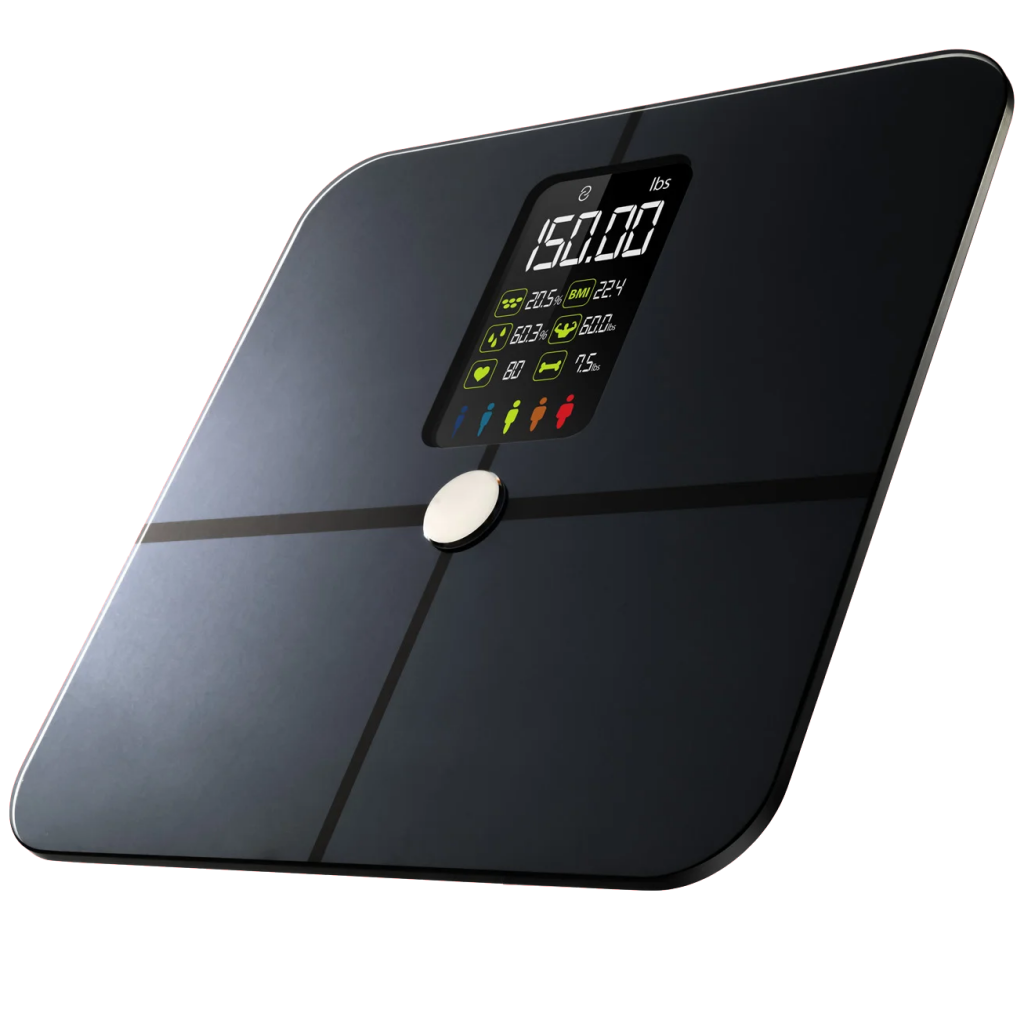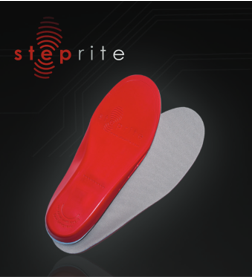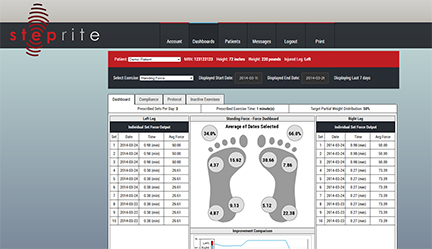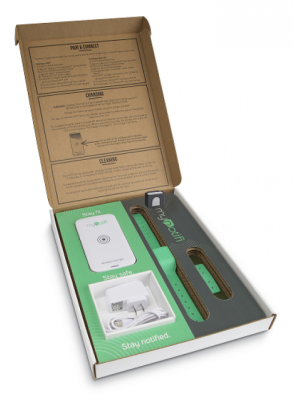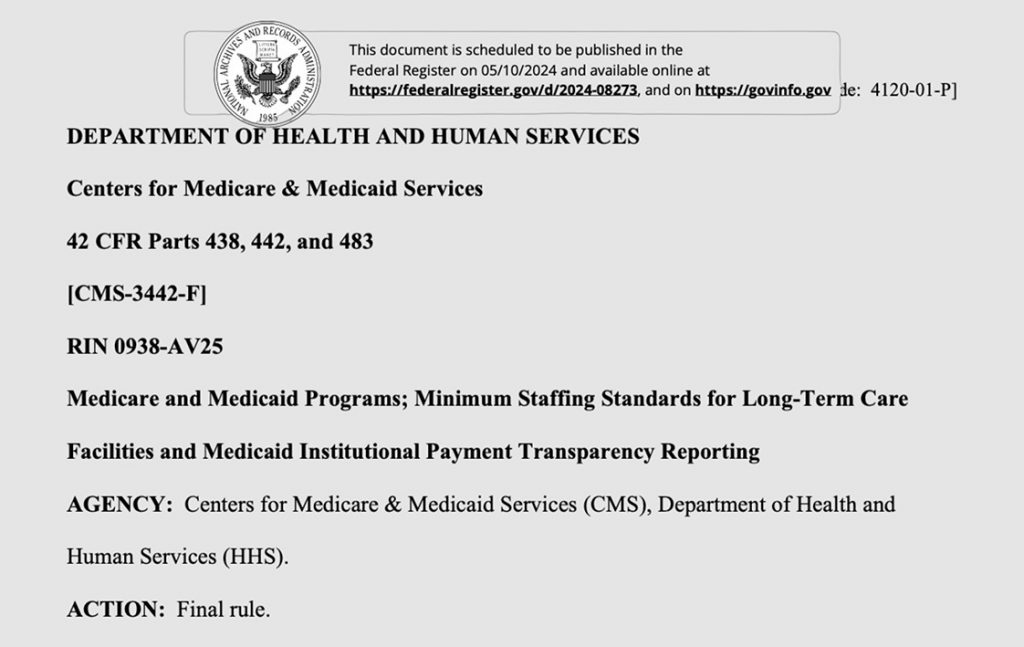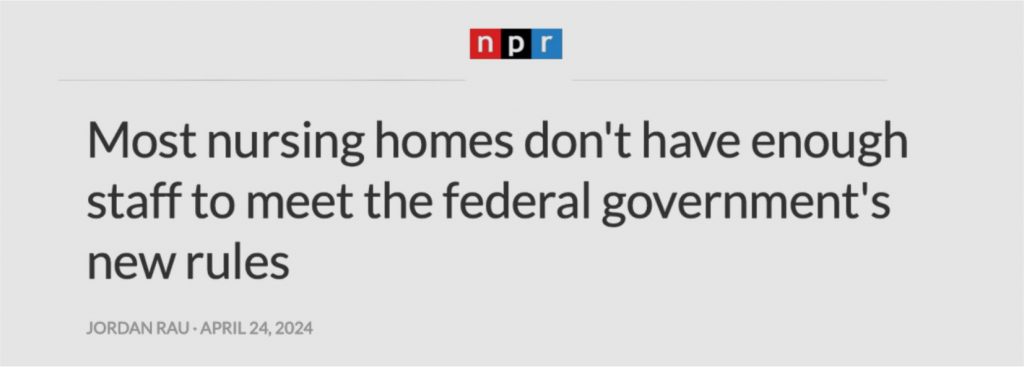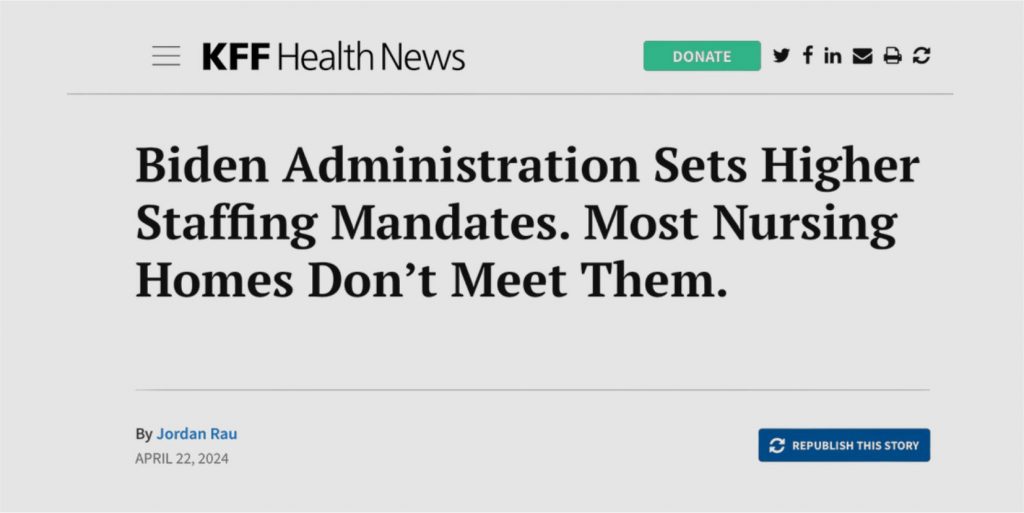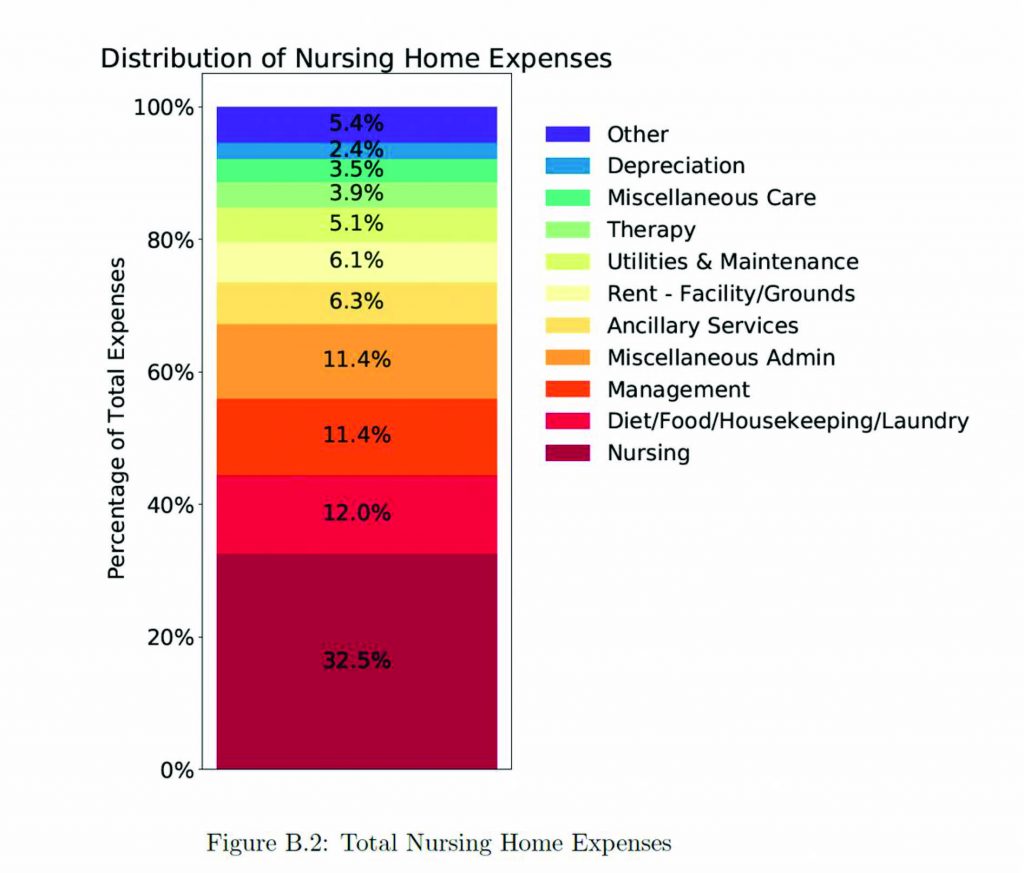What is Remote Patient Monitoring?
Initiated
Remote Patient Monitoring (RPM) was initiated in late 2019 and funded in early 2020 to address the needs of senior care. Cardiologists, GI’s, Family Medicine and Orthopedic practices quickly began implementing the program
Remote Monitoring Devices
Under RPM, patients receive a MyNotifiRx, Pulse Oximeter, Blood Pressure Monitor or Calibrated Wight Scale to monitor their health.
Codes
CMS funded the 99000 codes specifically for remote care for seniors
Outsource
CMS allows outsourcing to any designated clinical staff without direct supervision
Revenue
Through CMS’s RPM & CCM or PCM programs, providers can earn substantial revenue
Reimbursement
Medical necessity is a qualifier for CMS reimbursement

Traditional proprietary RPM platform that monitors Oxygen Saturation, Heart Rate, Blood Pressure, Blood Glucose, or Weight
We offer both Bluetooth and cellular options so you can have the device that best fits the needs of your patients.
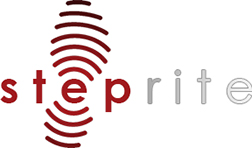
Steprite® is new medical device affording medical care prescribers the ability to customize physical rehabilitation protocols to meet each patient’s unique needs.
Steprite® has the capability to measure body weight, pressure, gait and the flexibility of lower extremities.
All of the data captured by Steprite® is sent and housed on the MedHab, HIPAA-secured server where it is available to health care providers.
Protocols are customized to the extent the provider wishes and can be changed to meet the patient’s specific rehabilitative needs.

MyNotifi Rx® is the world’s first fall detection device that is worn on the wrist. Falling is the number one cause of death in the aged population and can be very expensive to treat. Many of our aged population desire to live at home and MyNotifi Rx®allows them to do so, while remaining in contact with loved ones.
In the event of a fall, MyNotifi Rx® sends a text to friends, family members, loved ones, and even providers informing them whether or not the person using MyNotifi Rx® is conscious.
Additionally, MyNotifi Rx® is pre-set with 38 exercises designed to enhance range of motion of the upper and lower extremities, as well as to increase overall strength. So now mom and dad can live at home, exercise to maintain strength, and stay connected to loved ones in the event of a fall.
Minimum Staffing Standards for Long-Term Care Facilities and Medicaid Institutional Payment Final Rule (CMS 3442-F)
‘Unfunded mandate’
3% to 4% unemployment rate, where are you going to get people to work in nursing homes?
Industry has increased wages by 27% since February 2020, homes say they are still struggling to compete against better-paying work for nurses at hospitals and at retail shops and restaurants for aides. On average, nursing home RNs earn $40 an hour, licensed practical nurses make $31 an hour, and nursing assistants are paid $19 an hour, according to the most recent data from the Bureau of Labor Statistics.
CMS estimated the rules will ultimately cost $6 billion annually, but the plan omits any more payments from Medicare or Medicaid, the public insurers that cover most residents’ stays — meaning additional wages would have to come out of owners’ pockets or existing facility budgets.
- Within two years an RN must be on duty at all times in case of a patient crisis on weekends or overnight. Currently, CMS requires at least eight consecutive hours of RN presence each day and a licensed nurse of any level on duty around the clock
- Within three years, most nursing homes will need to provide daily RN care of at least 0.55 hours per resident and 2.45 hours from aides.
- The average nursing home, which has around 100 residents, would need to have at least two RNs working each day, and at least 10 or 11 nurse aides.
In a related rule also announced Monday, the Biden administration seeks to bolster home care for seniors and disabled residents on Medicaid, the federal health program for low-income populations. The rule requires companies that provide home care services spend a minimum of 80% of Medicaid payments on workers’ wages.

